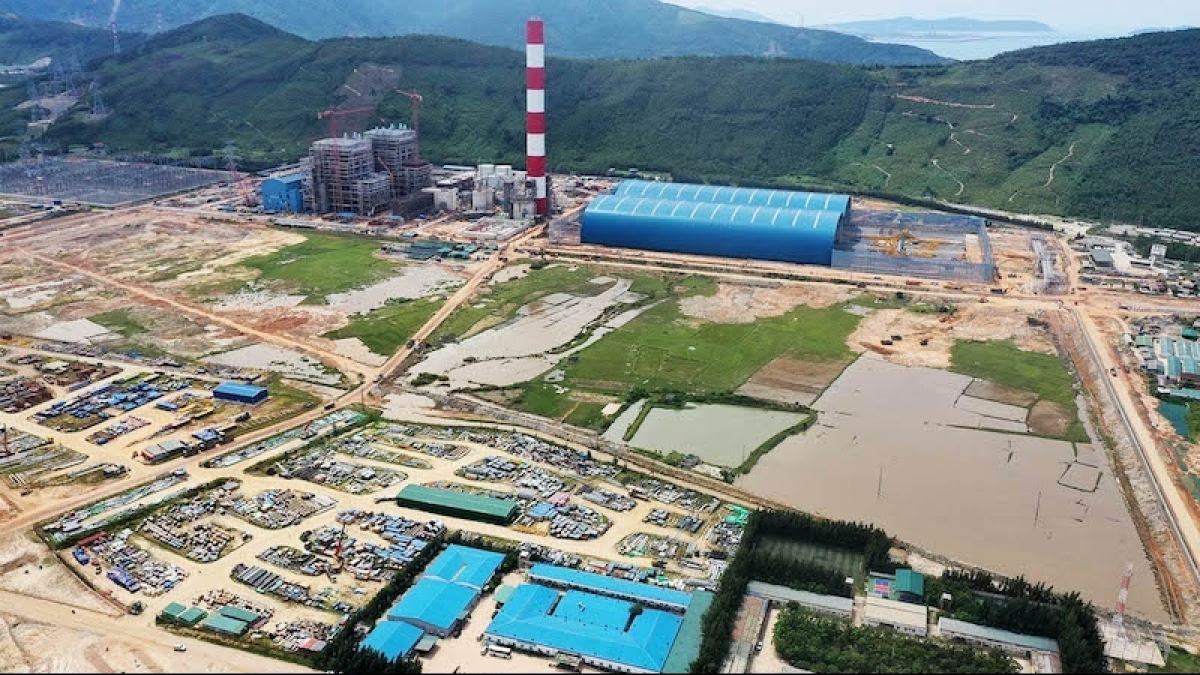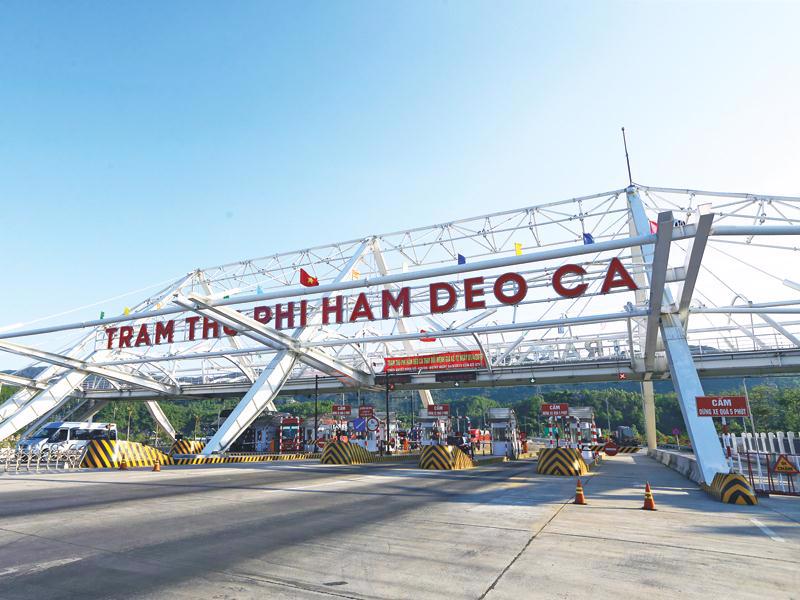INTERNATIONAL INVESTMENT
AND PORTAL
 Alvaro Pereira, chief economist of the Organisation for Economic Cooperation and Development
Alvaro Pereira, chief economist of the Organisation for Economic Cooperation and Development
What are the main growth engines powering Vietnam’s economy?
Trade and education have been the primary growth drivers. Vietnam’s openness to global markets and its investments in primary and secondary education have laid a solid foundation for its development. It is vital that this progress continues.
Expanding access to education will be even more important. We applaud the government’s recent move to eliminate tuition fees for upper secondary education, but similar support will be needed at the university level. Broadening access to higher education is essential to support long-term productivity gains.
Reducing informality in the labour market is another key challenge. A large share of Vietnam’s workforce remains in the informal sector. Lowering social security contributions, for instance, could help lower the cost of formalisation and incentivise more workers and businesses to enter the formal economy.
Infrastructure is also crucial. There are still many parts of the country that would benefit from increased investment, and this is where private capital can play a transformative role. Vietnam should expand public-private partnerships to accelerate infrastructure development.
And of course, staying open to trade is a strategic imperative. Despite growing uncertainty in global trade, Vietnam must continue to pursue new trade agreements, not just with the United States, but with partners worldwide. Trade has been, and will remain, a cornerstone of Vietnam’s growth story.
Given the current global headwinds, what are your growth expectations for Vietnam?
In our latest Global Economic Outlook, we had to revise growth forecasts downward for most countries due to rising trade uncertainty. However, Vietnam remains one of the fastest-growing economies in our projections, with expected GDP growth of 6.2 per cent this year and 6 per cent next year. If the right conditions are in place, growth could even exceed these levels.
An 8 per cent growth target, or even double-digit expansion in the future, is possible, provided that Vietnam continues structural reforms. This includes investing in education, removing entry barriers in the services sector, and encouraging more private sector involvement. There’s no reason Vietnam cannot sustain this while remaining one of the most open economies in the world.
Even a stable 6-7 per cent growth rate is tremendously impressive by global standards. At this point, Vietnam and India are the only major economies growing at such a fast and consistent pace.
How can Vietnam strengthen its fiscal position to support development goals?
Foreign direct investment has been a key catalyst for Vietnam’s economic transformation. But there are still sectors, such as telecommunications, services, and infrastructure, where Vietnam can attract even more foreign investment. In many countries, governments work with the private sector through concessions or partnerships to develop roads and other infrastructure. Vietnam can adopt similar approaches to accelerate development.
We believe that foreign investment will play an even greater role in the coming years. But to realise this potential, it’s important to reduce entry barriers and open more sectors to investment.
Vietnam’s tax system currently leans heavily on corporate income tax and narrowly-based consumption taxes. By phasing out some exemptions and broadening the tax base, the country could significantly boost its revenue. Only around 3 per cent of formal workers currently pay personal income tax, that’s a very small share.
While any reforms should be gradual, we recommend expanding consumption and environmental taxes, and carefully increasing personal income tax coverage. These changes would give the government more fiscal space to invest in education, social protection, and infrastructure.
How can Vietnam better unlock the potential of smaller domestic enterprises and reduce reliance on state-owned enterprises (SOEs)?
Vietnam has done an excellent job in welcoming investors, but now it’s time to roll out the red carpet for domestic small- and medium-sized enterprises as well. This means providing fairer opportunities and ensuring a level playing field, especially in sectors where SOEs still dominate.
Unlocking greater private investment across a wider range of industries will help create jobs, spur innovation, and drive prosperity. Telecommunications, for example, is one sector that would benefit from more competition and private participation. Likewise, sectors such as construction and distribution, where SOEs still have a strong presence, can be opened up to increase efficiency and attract fresh capital.
Reducing the role of SOEs and encouraging a more dynamic private sector will allow Vietnam to remain competitive and innovative in the global economy.
What are the key forces shaping Vietnam into one of the world’s most dynamic emerging economies?
I have monitored the economic development of dozens of countries, and very few impress me as much as Vietnam. The country is growing at a pace that allows it to double its income every 10 years. That means within just two decades, the next generation will witness a Vietnam that looks entirely different from today.
This extraordinary transformation is rooted in strong macroeconomic management, sound policymaking, and above all, the relentless drive of the Vietnamese people to thrive. Vietnam is currently among the world’s five fastest-growing economies, and if you look back to the reform period that began in 1985, it has maintained one of the most consistent and dynamic growth trajectories globally. Achieving what Vietnam has done is extremely rare.



















